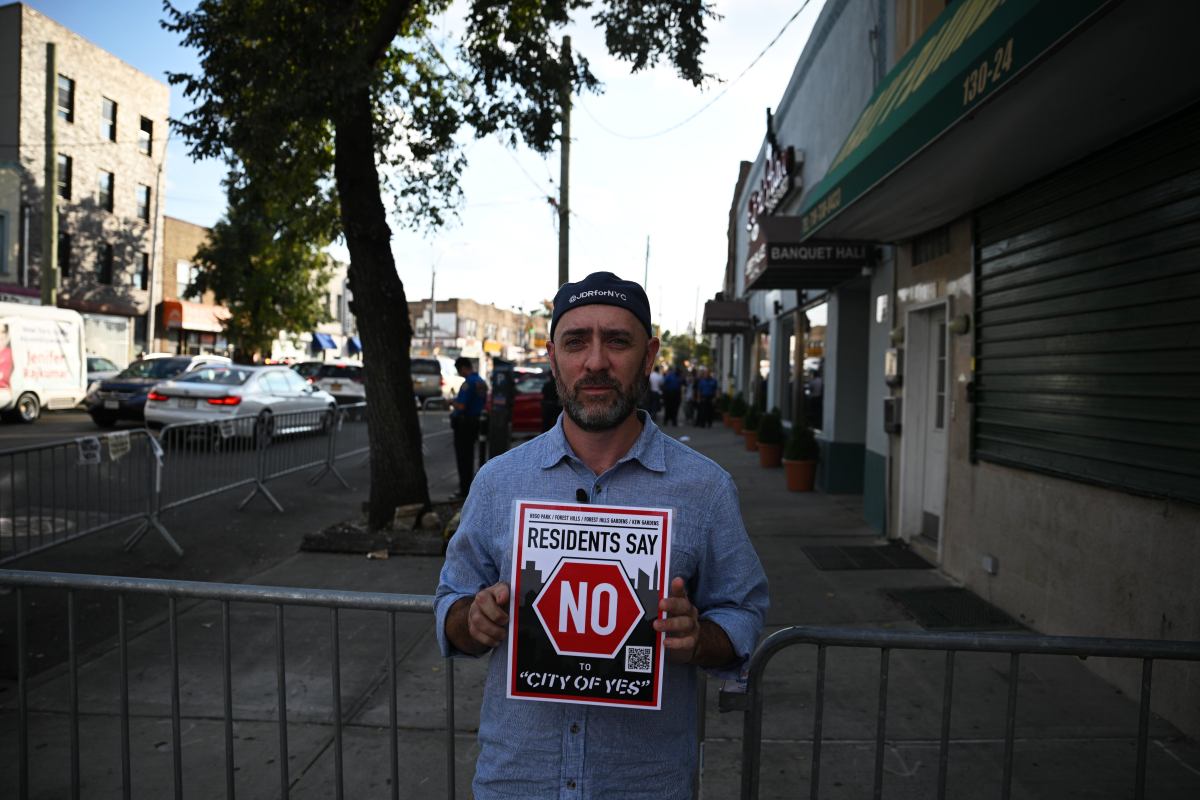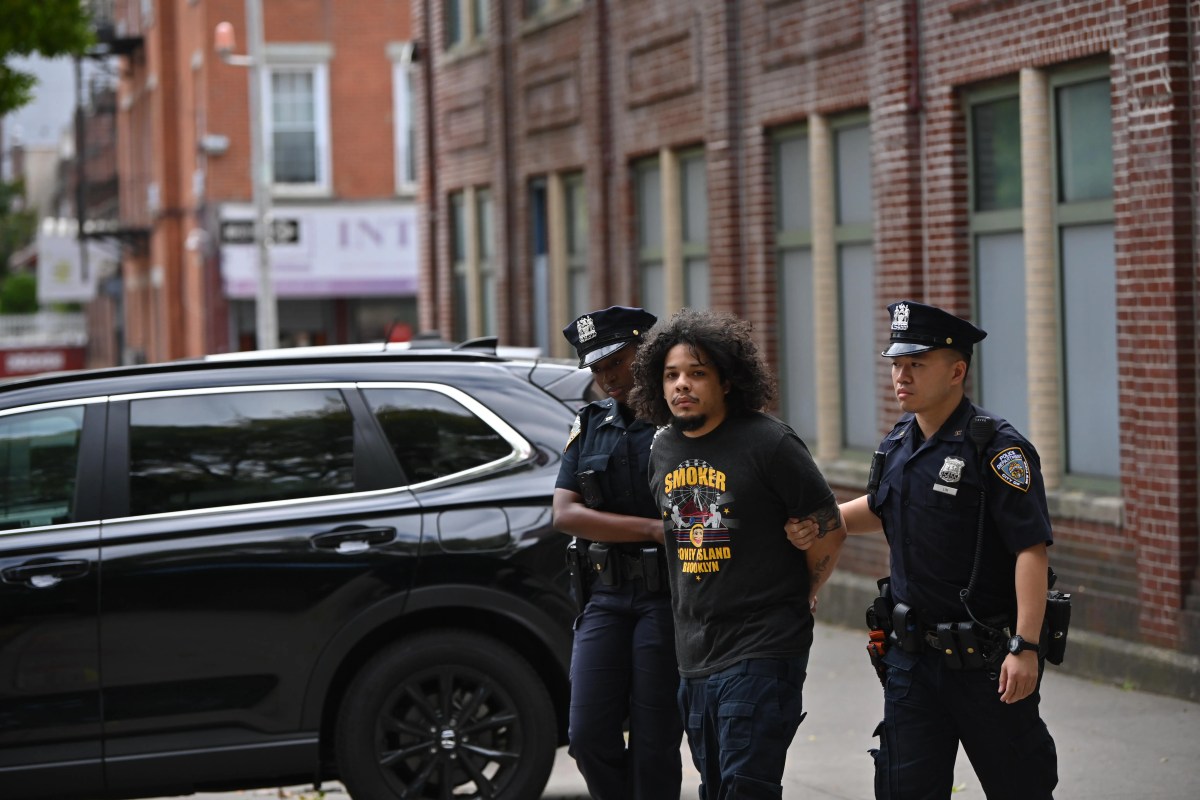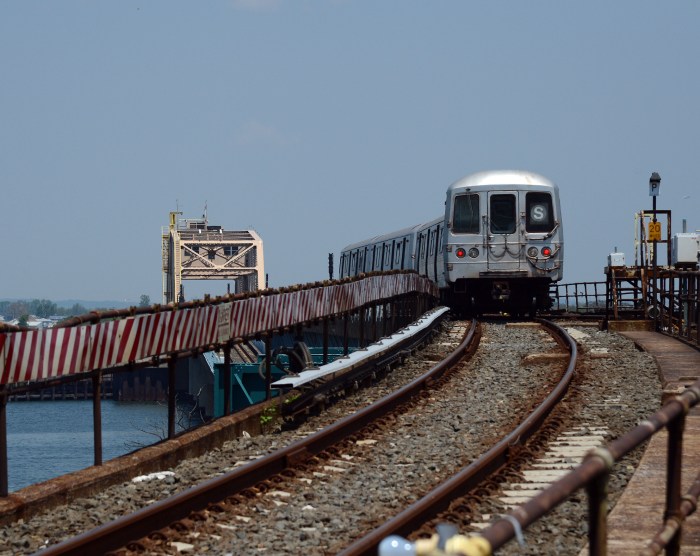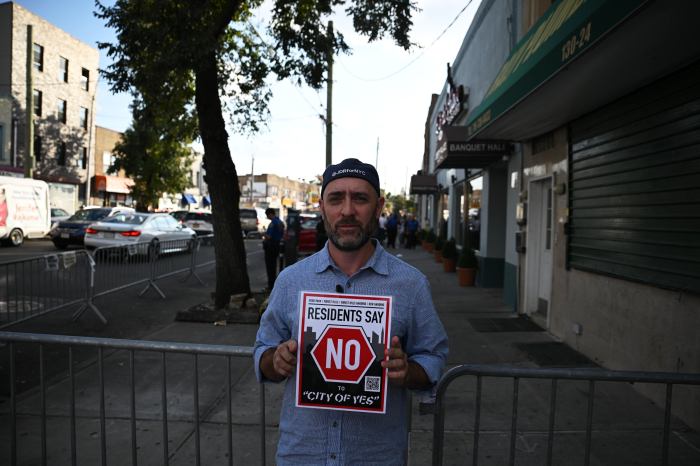
The MTA wants you to know exactly what they’re up to.
As the subway system continues its downward spiral, the agency will create a public-facing dashboard that tracks what exactly the agency is doing to address the soaring number of delays and infrastructure failures in its system, according to an undated staff memo from new MTA chairman Joseph Lhota obtained by TransitCenter.
“This dashboard must be updated frequently and must be transparent,” said Lhota in the memo, circulated among staff last week, according to the nonprofit. “It will not just be a tool for the MTA, but a report card to the public on our progress.”
The creation of the dashboard is part of a road map the MTA is developing to improve subways, which have experienced a 171 percent increase in delays in the past five years, from 27,495 in April 2012 to 74,668 in April of this year. Following an A train derailment at the end of June, Gov. Andrew Cuomo declared a “state of emergency” for the agency, ordering for the road map to be completed within 60 days and a review of the MTA’s five-year capital program — to outlining the agency’s most pressing needs — within 30 days.
“It’s a wake-up call to re-focus on our mission, think fresh and take immediate steps to make the MTA a highly reliable organization providing highly reliable service,” Lhota continued in the memo, offering that top priorities must include modernizing the agency’s aging equipment, developing a “dynamic repair and maintained program,” and revamping the MTA’s communication with customers.
The MTA does already have a Capital Program Dashboard. The dashboard was implemented to provide updated information on just the types of projects Lhota references in his memo, like the installation of modern signaling along the 7 train’s Flushing line. It’s unclear how the new project would differ.
“The letter speaks for itself,” MTA spokesman Shams Tarek said in an email. “It’s premature to get into details — chairman Lhota has announced that he’s working on a top-to-bottom review and will present a plan to improve service for our customers, and more detail will be available then.”
Jon Orcutt, spokesman for TransitCenter, referred to the current dashboard as “basically an Excel spreadsheet” — difficult to parse, infrequently updated — that does little to make the agency more transparent.
“We generally think the starting point of restoring good subway and bus service is accountability and the MTA engaging in a real conversation about what’s going on and we hope that the dashboard is a piece of that,” Orcutt said. “If there is a signal project going on people should know that when their subway service is disrupted every weekend; what’s the light at the end of the tunnel?”


































